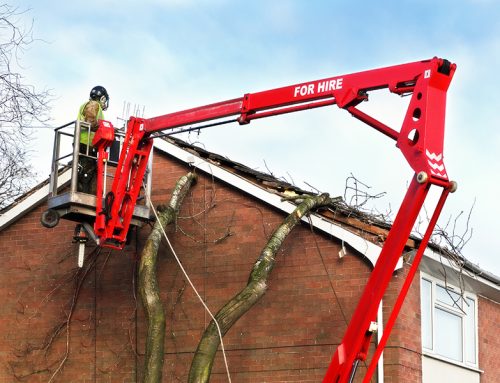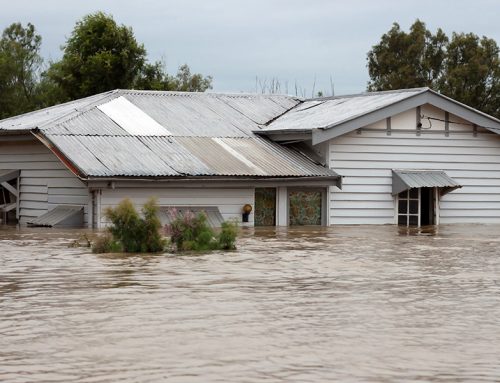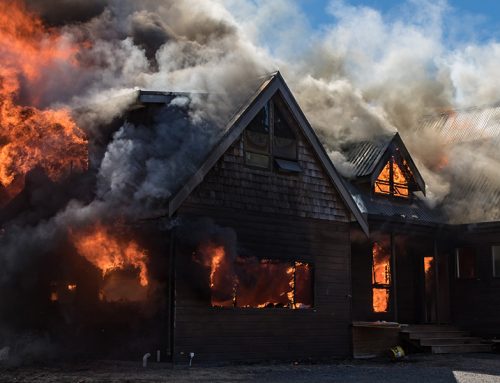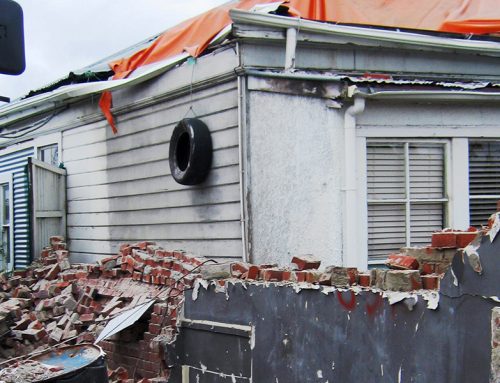I
n response to New Zealand’s recent flooding events, we’ve put together a comprehensive guide for managing the aftermath of a flood-damaged home, and what to expect when organising your repairs or restoration.
Above all, this guide is about giving you what you need to know to start returning your home to a liveable condition.
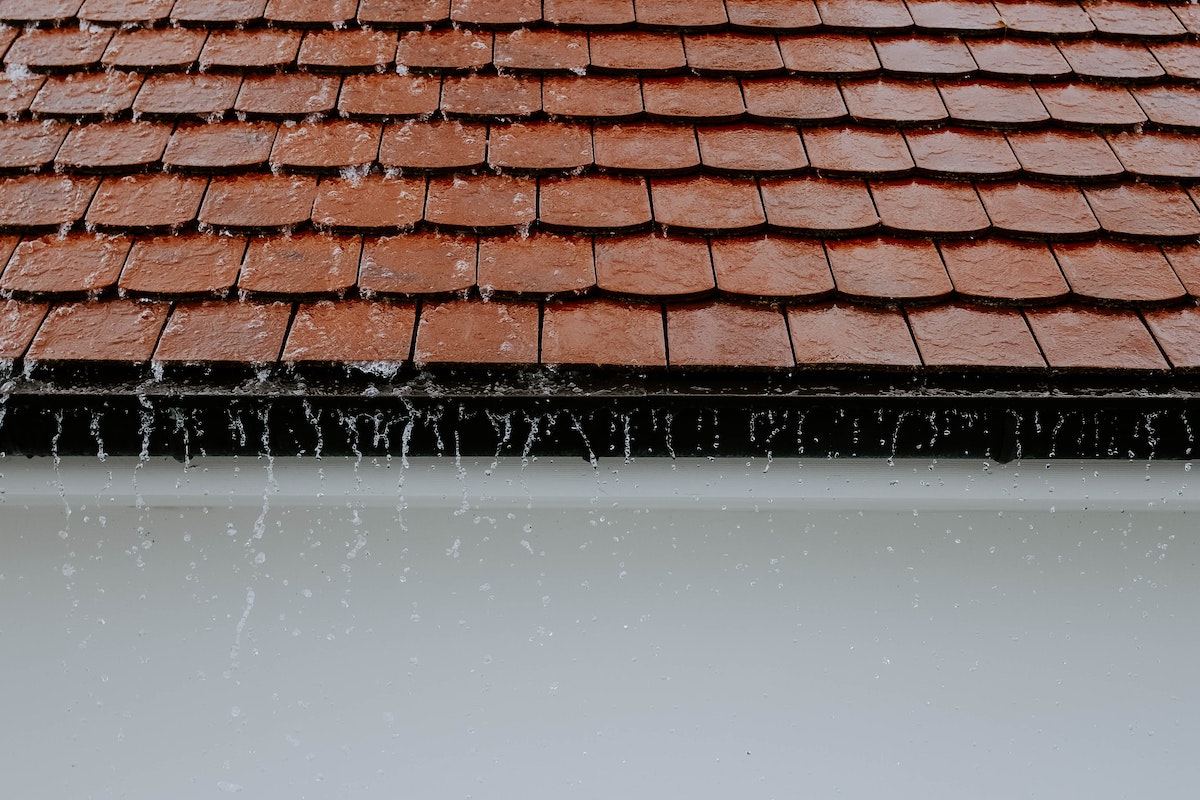
Auckland recorded a total of 539 mm of rain in January (NIWA, 2023)
Taking safety precautions
When returning to a flood-damaged home for the first time, some safety precautions to take include:

An assessor will inspect your home and the surrounding land.
Assessing a flood-damaged home
If you’re insured, contact your insurance provider first as they will advise the process to follow with assessment and repairs.
An assessment usually involves an assessor inspecting your home and the surrounding land, including the foundation, walls, floors, ceilings, and electrical systems.
If you have safe access to your home and you are starting to document the damage for your claim, not all damage may be immediately visible, so it’s important to also inspect areas such as crawl spaces, if possible.
Here are some things to keep in mind when assessing your home to document the damage:
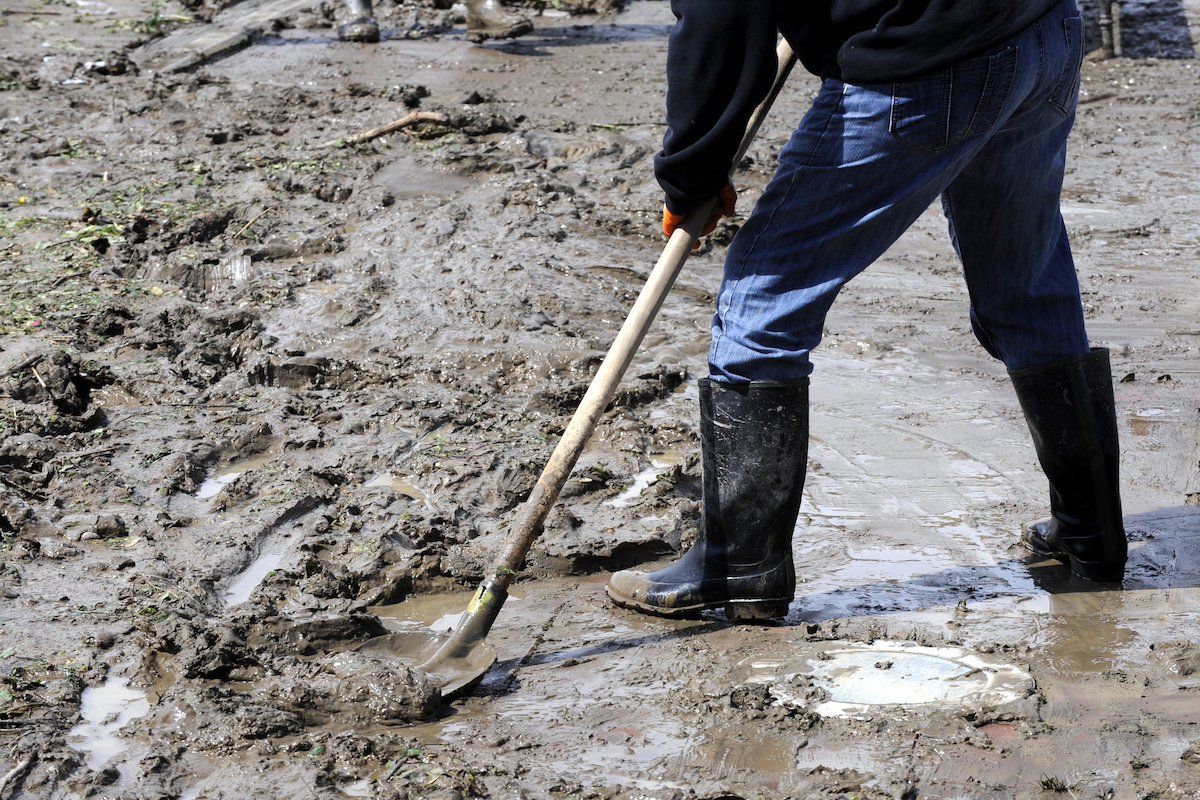
Document as much of the damage as you can with evidence like photos and videos.
Dealing with insurance claims
Here’s what you need to know about insurance claims and repairs:
Drying out the affected area
To start drying out the affected area(s) of a flood-damaged home, take these steps:

Cosmetic repairs like flooring and walls can be left until after structural repairs.
Restoring damaged wall and floor linings
After removing any water and debris from the affected area, start with repairing any structural damage to your home that could pose a safety risk.
Engage a Licensed Building Practitioner (LBP) to design or carry out the structural or weathertightness work, especially if the foundations, walls or roof have been damaged.
Next, focus on repairing any electrical systems, followed by cosmetic repairs such as replacing flooring or repainting walls.
We spoke with LBP, Shane from Renovation Specialists Ltd who provided us the typical stages of a strip-out:
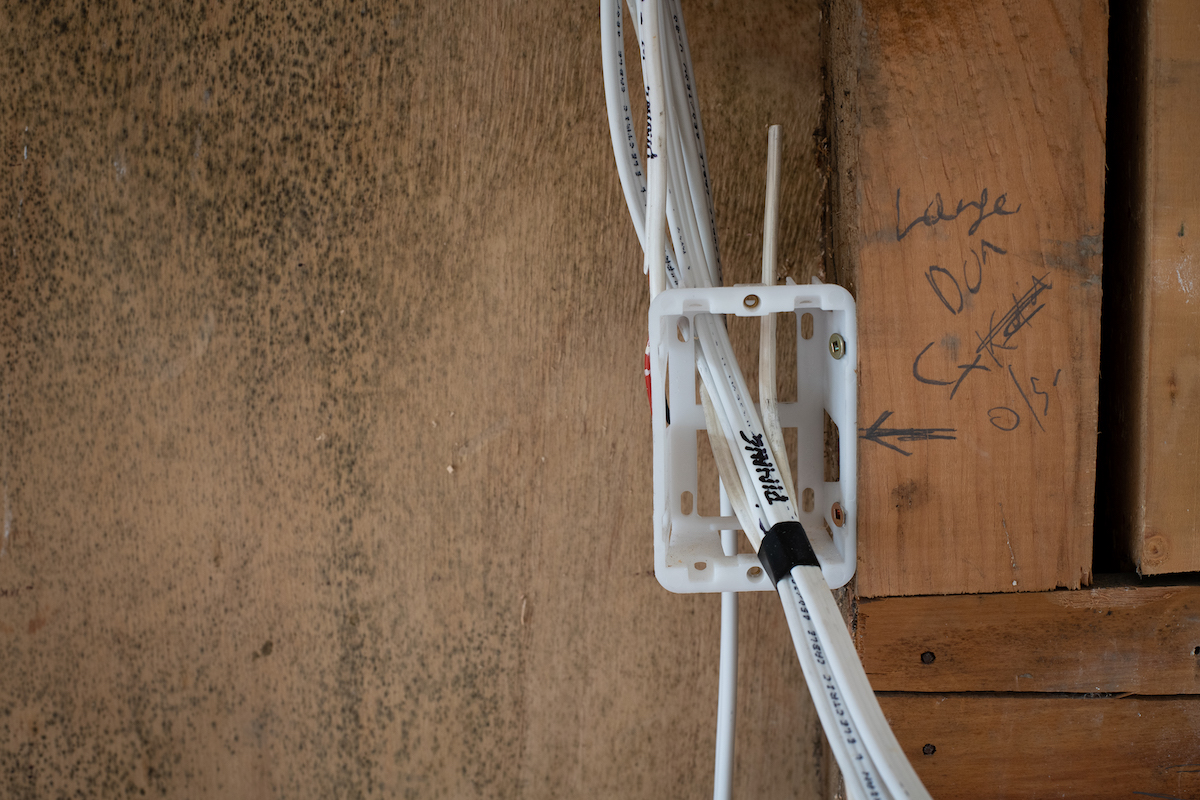
If your electrical system is compromised, call on a licensed electrician.
Replacing damaged electricals
Potential signs of damage to your electrical systems include submerged sockets, burning smells, or electrical smoking, fires or arcing.
Connect with a licensed electrician to assess any damage, if you suspect that the electrical system has been compromised. You may be advised to keep your electrical mains switched off until then.
Keep electrical appliances elevated and avoid using them until you have been advised that it is safe to do so by an electrician.
Hiring a professional for restoration
A trade professional will save you time, money, and stress in the long run when it comes to restoring your home after a natural disaster.
The benefits of hiring a professional for your restoration are:
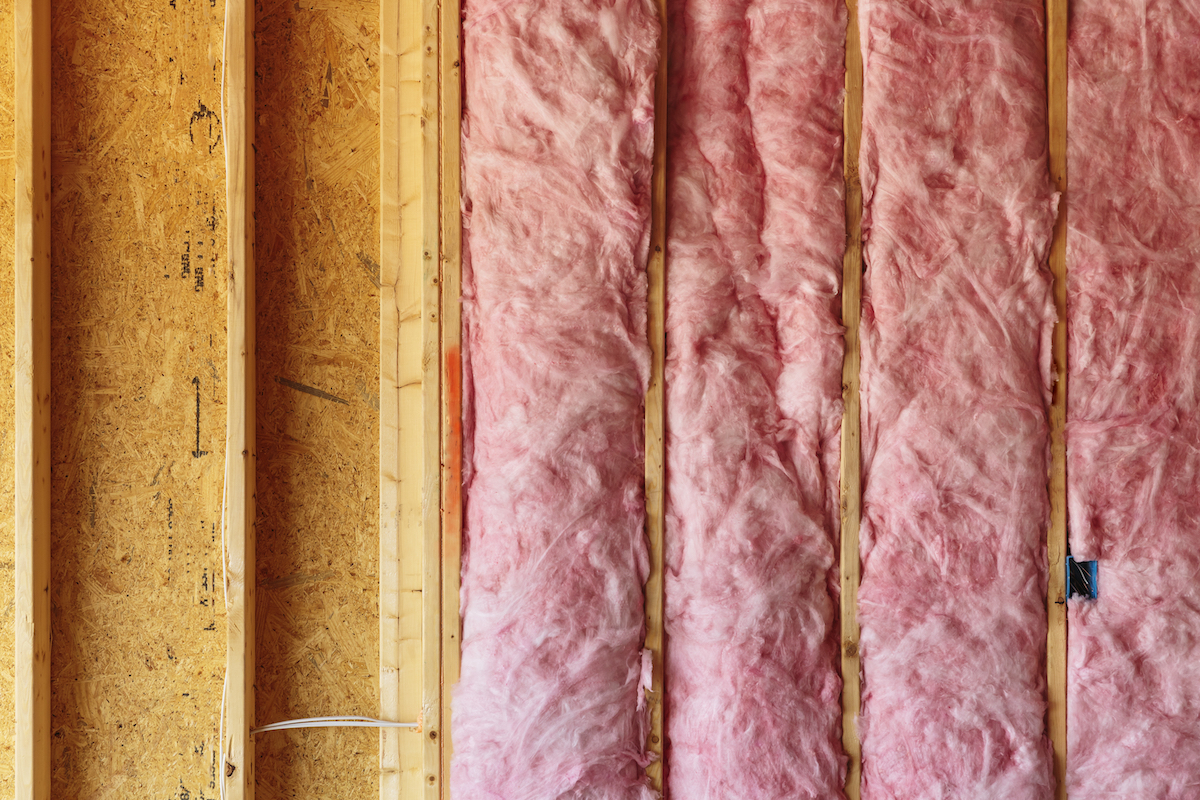
“Insulation holds onto water” – Shane from Renovation Specialists Ltd.
An expert’s take on a flood-damaged home
Shane from Renovation Specialists Ltd has had first-hand experience of the challenges of restoring a flood-damaged home.
“Every scenario, house and landscape is different,” Shane says.
Before starting any work, Shane will discuss the different (remediation) options with the homeowner, and start planning to remove furniture, curtains and other items as quickly as possible.
“Leaving things like walls closed up for too long, means that insulation will cause mould growth… This is because insulation holds onto the water,” Shane says.
Shane’s top three tips for ensuring your home has effective drainage, are:
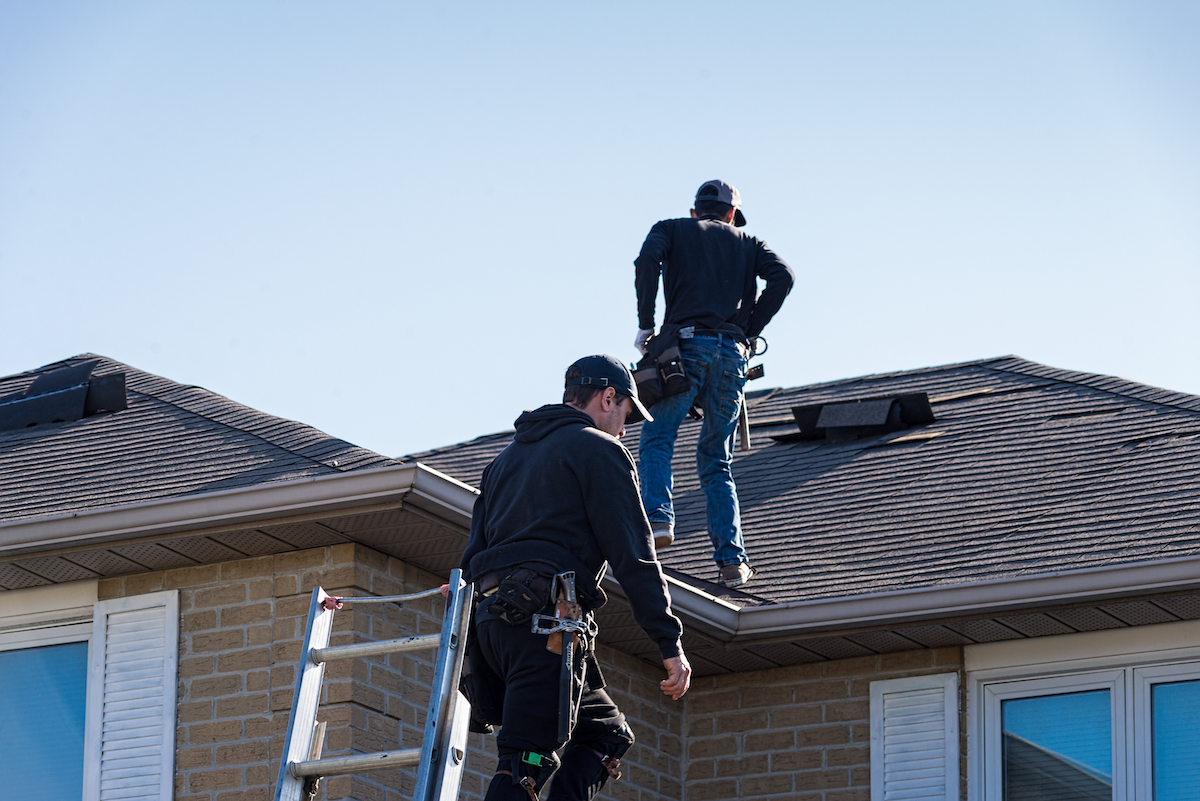
Hire a professional to assess your roof for any signs of damage such as missing or cracked tiles.
Preventative measures and tips
If you’re wanting to take preventative measures after you’ve finished the clean up, focus on these areas next:
Whether your flood-damaged home needs urgent repairs and maintenance or a complete restoration, we hope this guide has helped you feel more informed for the next steps ahead. Stay safe.
